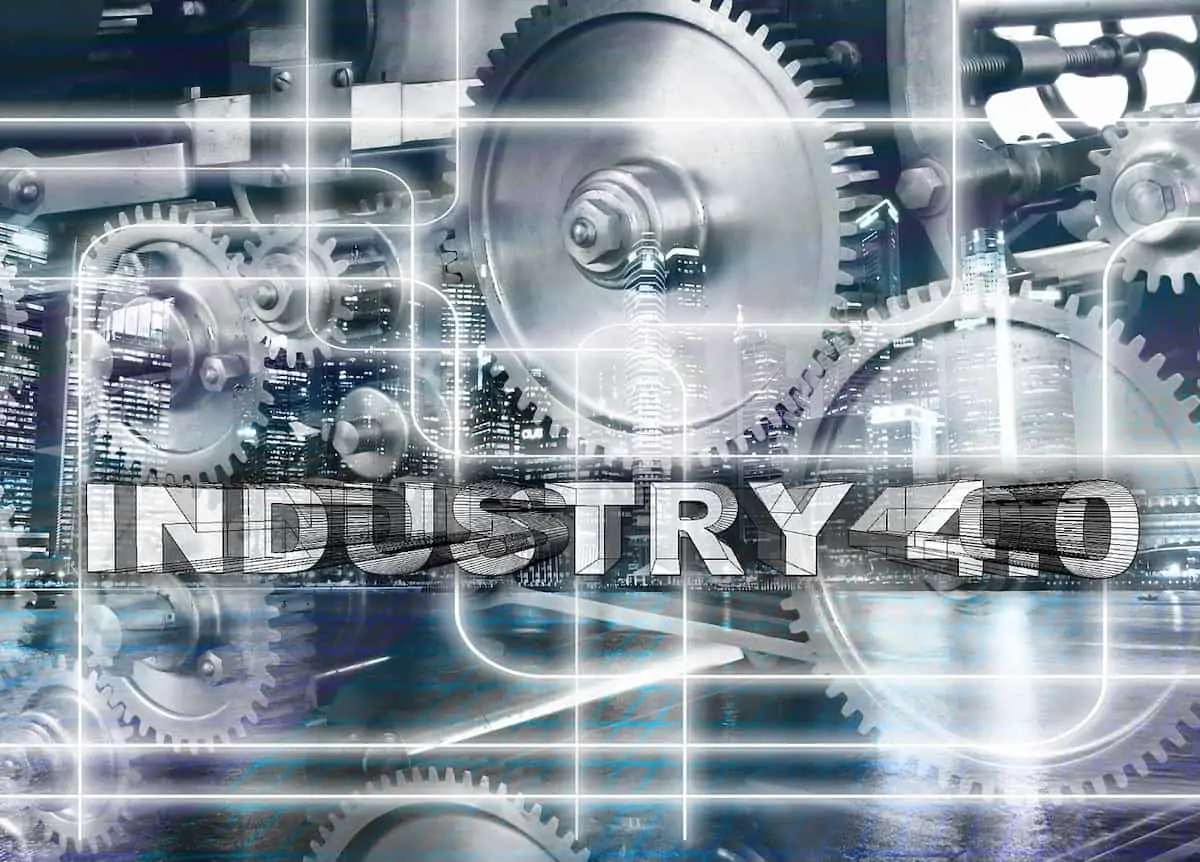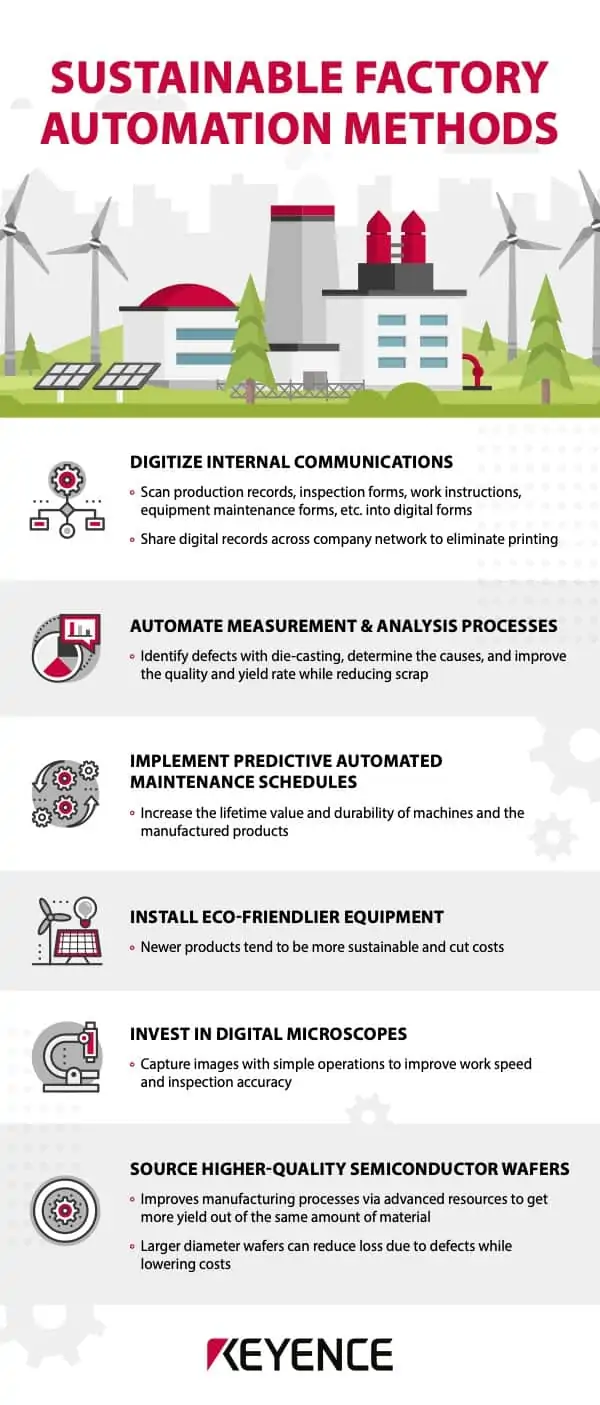This post concludes our two part series on the “Changing Face of Manufacturing.” In this series, we first wrote about how manufacturers are now looking at total landed costs when deciding where they will place manufacturing facilities along with Manufacturing technology.
Increasingly, those companies, who offshored to China and other countries in the 80s and 90s, are now taking a hard look at reshoring and possibly setting up manufacturing operations in Mexico, or bringing those facilities back to American shores.
However, as noted in a recent report by the Information Technology and Innovation Foundation, the reshoring of facilities, doesn’t necessarily mean new jobs. As we have said in the past, we think that is OK.
Today we will address these 5 sweeping manufacturing technology trends which look to disrupt and change how manufacturing companies execute current processes.
5 Sweeping Manufacturing Technology Trends to Change Paradigms Forever
Manufacturing technology is not what tit used to be a decade ago. Today’s increasingly automated and software driven industries have reduced human intervention to pressing only a few buttons in some cases.
The application of advanced technologies in manufacturing such as nanotechnology, cloud computing, the Internet of Things (IoT) are changing the face of manufacturing in ways unimaginable a few decades ago.
In addition to cutting the costs, these technologies create speed, precision, efficiency and flexibility for manufacturing companies. Here is a look at some of the advanced technologies that are driving growth.
3D Printing
One of the biggest news in the manufacturing technology sector in the last few years is the proliferation and application of 3D printing technology. It has caught the imagination of the general public and the manufacturing community like nothing since the invention of the personal computer and the internet.
Within a few years, the technology has evolved so much that it is now possible to produce almost any component using metal, plastic, mixed materials and even human tissue. It has forced engineers and designers to think very differently when thinking about product development. As this more manufacturers adopt and use 3D printing technology, there is little doubt that 3D Printing will change the face of manufacturing forever.
Nanotechnology
Nanotechnology is the technology of the future, but the first generation of the technology is already here. It involves the manipulation of matter on atomic, molecular and supramolecular scales; thus bringing with it super-precision manufacturing.
Currently applied mostly in space technology and biotechnology, it is going to play an indispensable role in every manufacturing industry in the future. In many ways, it has already changed the world. Examples of application in nanotechnology include:
- Faster computer processing,
- Smaller memory cards that have more memory space,
- Clothes that last longer and keep the wearer cool in the summer,
- Bandages that heal wounds faster,
- And tennis and bowling balls that last longer.
In the future, there will be nanobots (microscopic robots) that will carry drugs to specific tissues in our body.
The Internet of Things (IoT)
The Internet of Things (IoT) is a revolutionary manufacturing technology that allows electronic devices connected to each other, within the existing Internet infrastructure, to communicate with one another without human intervention. An IoT device connects to the internet and is capable of generating and receiving signals.
As such, the use of this technology is going to have a profound impact on the manufacturing industry. IoT enables connected devices to “talk” to each other, sending and receiving critical notifications. An example of a critical notification is a defect or damaged ping. Once the device detects a failure, the IoT connected device sends a notification to another device or a user.
IoT devices and sensors allow organizations to monitor production processes and analyze the quality of manufactured products. When smart devices detect deviations from the norm, they can send notifications via tools such as DataPARC, allowing employees to change production processes and improve the products’ quality.
In this way, it is possible to ensure that end users receive a high-quality product. This leads to increasing user satisfaction and brand loyalty.
This type of small, but critical, application of IoT in manufacturing results in reduced downtime, increased quality, reduced waste and less overall costs.
Cloud Computing
Cloud computing is the practice of using a network of Internet-connected remote services along various points to store, manage, and process data. Many companies are already using cloud computing, although the manufacturing industry is still taking time to warm up to the technology due to connectivity and security concerns.
Over time, to the present day, cloud computing grows more stable and reliable. Manufacturers are increasingly implementing cloud computing software in manufacturing plants spread out in various geographic areas in order to share data quickly and efficiently. In implementing cloud computing, manufacturers reduce costs, gain greater quality control, and increase the speed of production. In the future, it is feasible that all manufacturing facilities will have a connection to the cloud.
Big Data and Predictive Maintenance Technology
Manufacturing industries can significantly increase their efficiency and productivity with the technologies that allow them to collect, process and measure big data in real time. These technologies include electronic devices that connect factories through the internet and web pages that double as dashboards for controlling the processes.
Predictive maintenance technology helps predict snags and defects and thus cuts downtime and costs. In the future, manufacturers will implement big data and predictive maintenance technologies in every area of manufacturing. IoT is a part of big data and predictive technology that manufacturers are already using with remarkable success.
Advanced technologies have been the driving force behind the growth of the manufacturing industries, and they will have a greater role to play in the industries of the future. As new technologies emerge, manufacturers will adopt them, or they will be forced to choose them to survive.
On their part, the technologies will change the industries beyond recognition. For example, 3D printing is already changing the way many manufacturers design and manufacture their products.
What sweeping manufacturing technology trends are missing from this list that you would add? Let us know in the comments section below!



Comments are closed.